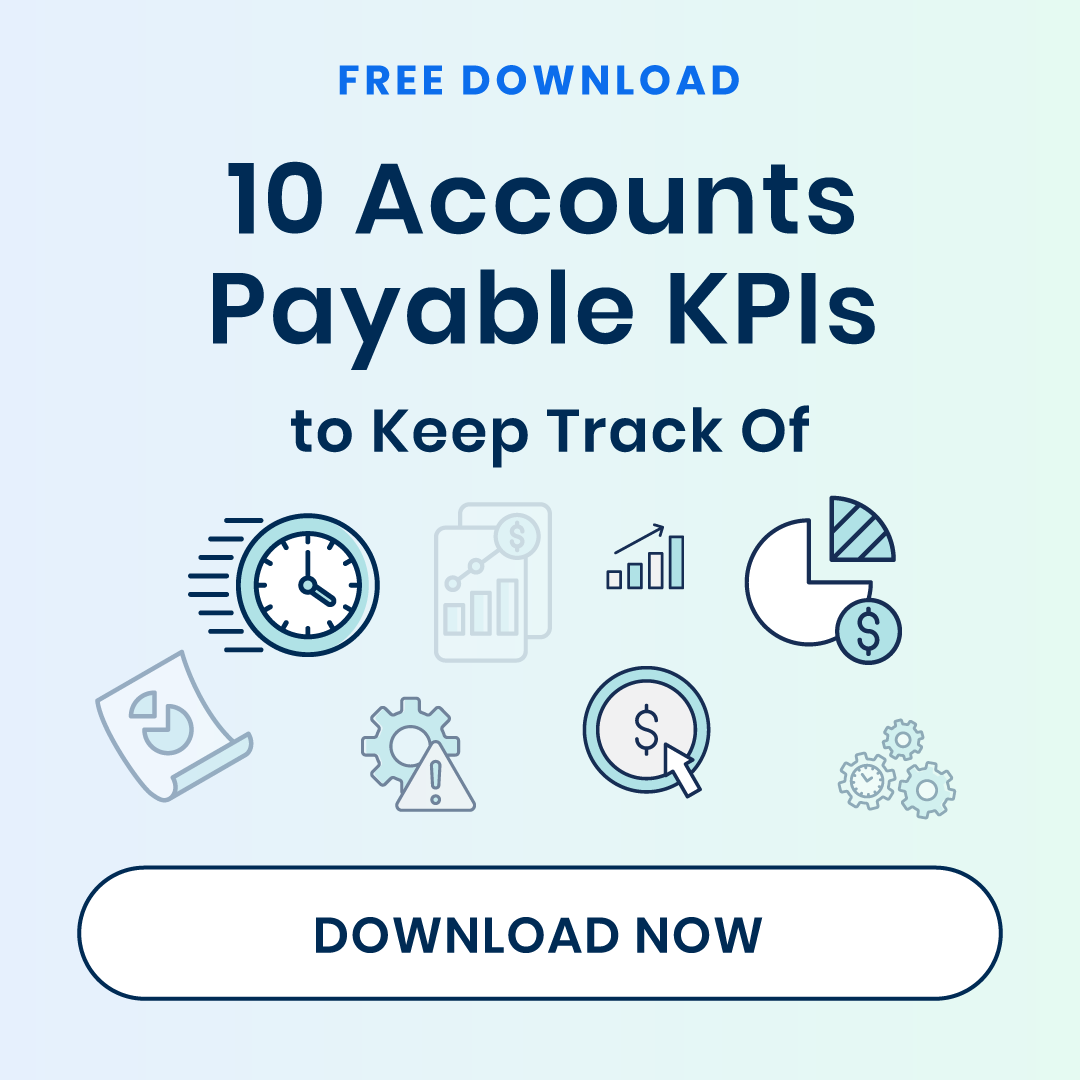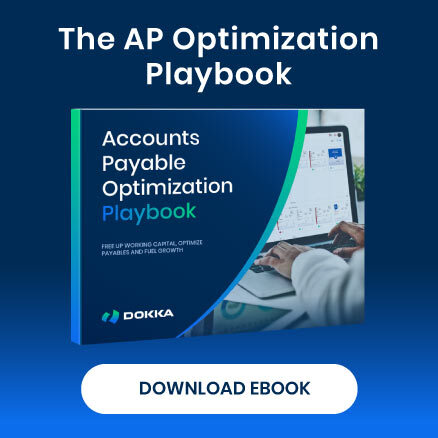With over 1300 employees serving in 45 countries globally and 90 solution extensions available, OneStream is a top choice for large enterprises seeking comprehensive financial management solutions. Renowned for its unified platform that combines financial consolidation, close management, and reporting, OneStream provides a robust tool for organizations looking to streamline complex financial operations.
But how does it measure up in terms of cost, functionality, and competition? In this breakdown, we’ll explore OneStream’s pricing, key features, and potential alternatives.
Quick Overview of OneStream Pricing
OneStream operates on a subscription-based pricing model, with costs tailored to the unique needs of each business. Designed for larger organizations with complex financial structures, the platform’s pricing aligns with its target audience.
Specific pricing details are not publicly disclosed. Instead, OneStream provides custom quotes based on factors such as company size, the number of users, and the range of required features.
OneStream Pricing Breakdown
OneStream’s pricing is generally higher than other financial management solutions, which may deter smaller businesses or those with limited budgets. However, its robust feature set and flexibility make it a strong contender for large enterprises.
The platform’s cost is influenced by its extensive features and functionalities, designed to streamline financial processes. Below is an overview of the core features that impact its pricing:
- Financial Close and Consolidation Solutions: OneStream integrates seamlessly with ERP systems such as Oracle, SAP, and Microsoft Dynamics through pre-built connectors with drill-back capabilities. The platform ensures superior data quality with guided workflows, intuitive processes, and complete audit trails, providing transparency from report to source.
- Account Reconciliation: OneStream automates reconciliation processes, streamlines reporting, and ensures trial balance consistency through single-source data.
- Transaction Matching: The platform enhances financial accuracy by supporting efficient transaction reconciliation. It automates transaction matching from various sources using configurable rules and detailed analysis.
- Compliance Solutions: OneStream assists organizations in meeting compliance requirements for US GAAP, IFRS, and local standards while reducing associated costs. Features such as simplified Sarbanes-Oxley (SOX) controls, audit trails, and repeatable processes support certifications under SOX 302 and 404.
- Tax Provision: OneStream integrates tax planning with corporate performance management (CPM) activities to optimize tax reporting. It supports ASC 740 disclosures and eliminates reliance on manual tools like Excel for tax-related tasks.
- ESG Reporting and Planning: The platform provides robust tools for automating ESG reporting, including detailed metrics, dashboards, and automated footnotes. It aggregates and calculates data from ESG sources, aligning it with financial data to deliver actionable insights for stakeholders.
Each of these features contributes to the overall cost, reflecting OneStream’s ability to meet the demands of large, complex enterprises with high levels of customization and automation.
OneStream Pricing Models
OneStream follows a custom subscription model, with most users committing to annual payments. Several key factors influence its pricing:
- Subscription tiers: As a solution designed for large enterprises, OneStream’s pricing varies significantly based on an organization’s size and complexity. The more extensive the deployment, the higher the cost.
- Modular approach: OneStream offers various modules that companies can select according to their needs. For instance, some organizations may only require financial close and consolidation capabilities, while others might need additional features such as planning, reporting, or reconciliation. This modularity allows for a tailored solution but can also increase costs as organizations scale their usage.
- Implementation Services: OneStream’s implementation process is renowned for its thoroughness, often involving lengthy timelines and detailed customization to meet specific business requirements.
- Training and Support: Ongoing support and training are available, but these services may incur additional costs depending on the level of assistance and resources required.
Custom Pricing Considerations
OneStream’s pricing is highly personalized, with costs determined by factors:
Company size and complexity
Larger, multinational organizations with complex consolidation and reporting requirements typically need a higher level of customization and more licenses, which results in increased costs.
Number of users
The subscription cost scales with the number of users, so larger teams will pay more to accommodate additional licenses.
Integration needs
Organizations requiring custom integrations with ERP systems or other business tools may face additional costs to enable seamless connectivity.
Additional features
OneStream offers premium add-ons for advanced reporting, analytics, and forecasting. These optional features can significantly contribute to the overall pricing.
OneStream Alternatives
While OneStream is a robust solution designed for large organizations, there are alternatives on the market that offer similar functionalities at different price points and levels of complexity.
1) BlackLine
Known for its financial close automation, BlackLine offers a modular approach similar to OneStream, but it focuses more on specific financial processes rather than being a unified platform like OneStream.
2) FloQast
A simpler solution focused on closing and task management, FloQast is often a more affordable option for mid-sized organizations with less complex needs.
3) DOKKA
For mid-sized organizations seeking a cost-effective, AI-powered automation tool, DOKKA Close stands out as an excellent alternative to OneStream. It integrates both accounts payable and financial close automation, offering quick implementation and an intuitive user interface.
Feature Comparison
When evaluating OneStream against alternatives like DOKKA Close, several key differences stand out:
- OneStream: Best suited for large enterprises requiring a comprehensive, all-in-one solution for financial close, consolidation, planning, and reporting. OneStream offers extensive functionality and customization options but comes with higher costs and longer implementation timelines.
- DOKKA Close: A more affordable, streamlined option focused on automating financial close and reconciliation. DOKKA is particularly well-suited for mid-sized companies seeking a cost-effective solution without the complexity of enterprise-grade platforms like OneStream.
How to Choose the Right Financial Close Automation Solution
Selecting the ideal financial close solution depends on your organization’s size, complexity, and budget. OneStream’s comprehensive suite of tools is ideal for large enterprises with intricate financial needs, but its high cost and lengthy implementation process may not be suitable for smaller organizations.
For mid-sized teams seeking robust automation without the enterprise price tag, DOKKA Close provides a user-friendly and cost-effective alternative.
DOKKA Close Features:
- AI-Powered Automation: Utilize advanced AI technology to streamline workflows and enhance efficiency.
- Unified Platform: Integrate accounts payable and financial close automation into a single solution to minimize duplication and improve data accuracy.
- Quick Setup: Deploy the platform within weeks, not months, reducing downtime and implementation costs.
- Cost-Effectiveness: Gain access to advanced automation capabilities without incurring the high costs associated with larger, more complex platforms like OneStream.
Key Takeaway: Which Solution Is Right for Your Business?
OneStream is a top choice for large organizations with complex financial close and consolidation needs, offering a highly customizable platform that integrates multiple financial processes. However, its cost and implementation timeline can be a barrier for mid-sized teams.
For smaller organizations or those with simpler requirements, alternatives like DOKKA Close deliver similar automation capabilities without the extensive cost and complexity, making it a compelling option for teams seeking an efficient and affordable solution.
Disclaimer:
All information presented about third-party products, pricing, or features is based on publicly available sources at the time of writing and is intended for general informational purposes only. DOKKA makes no representations or warranties regarding the accuracy, completeness, or currentness of competitor data. All trademarks and brand names are the property of their respective owners.
We encourage readers to verify details with the respective vendors before making any purchasing decisions.




